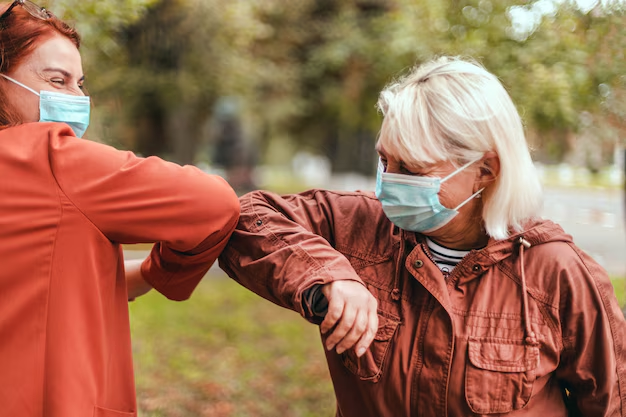Discovering Medicare Part B Giveback Areas: What You Need to Know
Have you ever heard of the Medicare Part B giveback areas? If you or someone you love is on Medicare, understanding these areas can lead to potential savings. Let's delve into what these giveback areas mean and how they can benefit you.
What Are Medicare Part B Giveback Areas?
Simply put, Medicare Part B giveback areas are locations where specific Medicare Advantage plans offer a rebate on your Part B premium. This means, if you live in a giveback area and enroll in an eligible plan, you could see reduced costs on your monthly premium bill.
Such plans are available in certain parts of the country, depending on the availability of specific Medicare Advantage plans from private insurers. The giveback amount, known as the "Part B premium reduction," can vary depending on the plan and the location.
Where Is This Available?
While many seniors are eager to find out whether they are eligible for this rebate, Medicare Part B giveback areas are not uniformly spread across the United States. They are primarily determined by the insurance carriers and thus can be more prevalent in regions with a high concentration of Medicare beneficiaries.
Recent trends show that urban and suburban areas are more likely to offer these plans due to a higher population density, which allows for greater competition among insurance providers. It's crucial for seniors to check with local resources or Medicare advisors to determine availability.
How Do You Qualify?
For those interested in tapping into these benefits, a few key criteria must be met:
- Enrollment Status: You must be enrolled in both Medicare Part A and Part B.
- Location: Reside in an area where a Medicare Advantage plan offers a Part B premium reduction.
- Plan Selection: Choose a plan that provides this rebate feature.
Taking the Next Step
To maximize your savings, consider these steps:
Contact Local Advisors: Utilize the State Health Insurance Assistance Program (SHIP) to get free assistance on available plans in your area.
Compare Plans Annually: Since plans and their benefits can change each year, it’s wise to shop around during the Medicare Open Enrollment period.
Stay Informed: Periodically review Medicare resources to understand new opportunities or changes in your eligibility.
Exploring these giveback areas can lead to substantial savings on your medical costs, yet it’s also a window into the broader world of financial assistance programs.
Exploring Broader Financial Options
While Medicare Part B givebacks are a noteworthy topic, countless other government aid programs and financial tools can further assist:
Medicare Savings Programs: Provide aid in paying for premiums and other costs.
Low-Income Home Energy Assistance Program (LIHEAP): Assists with managing home energy bills for those in need.
Debt Relief Options: Organizations can negotiate with creditors to reduce the amount you owe.
Credit Counseling Services: Provide advice on managing debts and household budgets.
💡 Key Financial Resources to Consider:
- 💰 Supplemental Security Income (SSI): Offers cash assistance to seniors with little income or resources.
- 📚 Educational Grants: For those looking to further their education at any age, grants provide financial support without repayment.
- 🏡 Housing Assistance: Programs aimed at reducing the burden of rental or housing costs for eligible participants.
- 📊 Nonprofit Credit Counseling: Helps with creating a debt management plan and improving your credit score.
Understanding the intricacies of Medicare Part B giveback areas gives you a foundation to continue exploring other aspects of financial aid. Whether you’re seeking to reduce current expenses or increase financial literacy, a variety of resources are available to make life easier and more affordable.

Related Topics
- Am I Elgible For Medicare
- Am I Enrolled In Medicare
- Am I Qualified For Medicare
- Are Adult Diapers Covered By Medicare
- Are Chemotherapy Drugs Covered By Medicare Part d
- Are Colonoscopies Covered By Medicare
- Are Covid Tests Covered By Medicare
- Are Cpap Machines Covered By Medicare
- Are Cpap Supplies Covered By Medicare
- Are Dental Implants Covered By Medicare